No secret: I’m an enormous Mego fan. No secret: I love what Figures Toy Company is doing in bringing back the line. So I had to get the inside scoop on the company …
Steve Sandberg is CEO of the Tampa-based toy manufacturer, partnered with CFO Anthony Balasco. With the second wave of the Batman figures just now rolling out, hot on the heels of Wave 1, I had the chance to grab a very busy Steve for a MIGHTY Q&A. Talking with Steve is like talking with Willy Wonka, only with a mild New England accent. He is a man who clearly loves what he does:

No, this pic isn’t from 1974. But a little trickery by photographer Sam Gee shows just how dang well these new figs on my shelf emulate the originals.
Give me the quick, down-and-dirty history of the company and how it all came about.
Steve Sandberg: Anthony was always in the mail-order business and kind of dealt with collectibles … My history had always been in toys and in law and he was actually a customer of mine. I used to call on him and in 1998 we decided that we should go into manufacturing.
We started obtaining a couple of secondary licenses for the purposes of doing action figures. First were things like Elvira: Mistress of the Dark, Three Stooges, Dracula. … We did some wrestling figures but we knew that the strength was in high-end collectible replica belts so from ’98 to about 2000, we started with WCW, then ECW, then had the ability to negotiate a contract in 2001 with what back then was WWF. We concentrated on wrestling until about 2004, 2005 when we went back into doing action figures.
We had licenses such as “Happy Days,” “The Brady Bunch,” “Married … With Children,” “I Love Lucy.” We did an OK job with it, I think. The sculpts were very good. …
About three years ago we went back into the action-figure business. We first started with Kiss through Live Nation and picked up some secondary licenses such as Evel Knievel, Tarzan, Conan. … And then this past March we had the ability to negotiate a contract with Warner Brothers for the purposes of doing Batman. We were going to do 12 inches. There was a bit of a conflict with the 12 inch but Warner Brothers was very gracious and so they allowed us to do the entire DC encyclopedia.
You said your background was also in law. Tell me a little bit about that.
I had gone to the University of Maine for political science and then went to Northeastern University and got a degree in criminal law but my father was a toy distributor and there were plenty of lawyers in the early ’70s (Dan laughs) so my father said, “How would you like to go into the toy business?”
I had always had my hand in the toy business. It was a second-generation business, started by my grandfather and my two uncles and my father in the mid-’50s so there was a lot of opportunity there from both the wholesale and retail perspective.
I actually had just finished up working for the Department of Corrections while I was at Northeastern and said, “You know, there are worse things in life than to go into a family business.” … I worked with my dad from 1978 to 1994. At that point in time, we had the ability to sell … Toy Wholesaler Distributors out of Foxborough, Massachusetts. We had the ability to sell that business and that was it.
What was the name of the company?
H. Sandberg and Son.
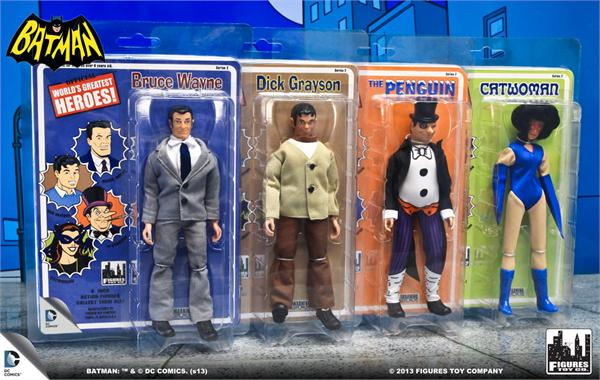
Wave 2 of the Mego-style Batman line, just coming out now. I never had the Bruce and Dick mail-away outfits.
You’re down in Tampa now. Where’s Anthony from?
Anthony’s from Cranston, R.I. Born and bred in Cranston. He’s actually … he’s 19 years younger than me. He always had the ability to have a sense of collectibles and really had a good hand on it even as a teenager. He went to trade shows, bought product, resold it.
From the late ‘80s, early ‘90s in Massachusetts, there weren’t a lot of toy stores to begin with but whatever independent toy stores (existed) kind of went out of business with the advent of Toys R Us and Walmart. Anthony had the ability to go around to all these stores as they were closing and just buy their entire inventory.
And you’d say, “Well, what were you buying?” As it turned out, it was product that was pretty hard to get. The owners didn’t really realize what they had and he was smart enough to wait it out. He really was the advent of the collectible business, so to speak. This would be obviously before eBay, before Amazon. He would do catalogs, flyers. He understood the whole idea of collectibility.
Gotcha. Moving ahead to both the Mego and the Batman ’66 lines, how did you manage to get the Mego…? I mean, as I’ve written about already, the first wave that I’ve seen and the pictures that I’ve seen so far of your prototypes are dead on the money with just slight improvements like, for example, screening on Robin’s logo or screening on Batman’s logo as opposed to relying on the sticker. It really looks terrific. How did you work that out to get those sculpts right on?
Basically, the sculptor I use … We started using him when we started doing Kiss and Evel Knievel and the three of us all worked in conjunction. I’ve a pretty good eye for this. I kinda know what sculpts should look like.
With the ’66 series, it was very easy, you’re doing human likenesses — the Adam West, the Frank Gorshin, Cesar Romero, the Burt Ward. So you will go back and you look at files and you have a sculptor who basically does an 8 inch figure. It’s a lot harder than it even appears because you’re taking clay and you’re molding it to fit an 8-inch figure. It’s not even an 8-inch head! But we just have that ability.
And I think the other thing, too, which really helps, especially with the classic ’66 … I think if you take a line and you know the personality involved and you actually know the characters and have a feel for the characters then you have sense of, whether it be wrinkles or smiles or eyes or hair, you know these people as opposed to picking up a license where you just don’t know anything about the characters involved.
We did a really good job with the Three Stooges and the Three Stooges are very, very tough to do because you’re taking something in black and white and you’re putting it into color. But I’ve known the Three Stooges since I was a little kid so I know every little nuance in each face and it’s the same thing with Batman and it’s the same with the DC characters. You take their personalities and you transform it into the look of their face.
Now, the Batman ’66 aside, what about replicating the Megos themselves — the wave that you just put out? How were you able to replicate that so on the money?
Again, I think because Mego was our most … it was kind of like in our household. Anthony always knew it because he collected these figures. He was born in 1970 so he grew up with the figures. I was already in the toy business in the mid-70s so I was selling these things working with my dad. What we also had the ability to do was — to a degree — quote, unquote, modernize it very subtly. As you mention, instead of taking a sticker, do something that was more sewn-in. Because the stickers had a tendency to fall off.
Yes!
So, to a degree, we almost brought something that existed 30-40 years ago.
Did you have a template to work from, from the old Megos?
Yeah. Absolutely.
Did you have those old molds or how did that work?
No, no. I mean, what we did basically is there’s a book out there that shows every Mego figure that was ever done. And some of those figures had subtle changes whether it be different types of shoes or different types of clothing, colors in the clothing. So we just studied that and did that!
And your sculptor was the one who made those molds?
Yeah. (Danny “The Farrow” Anniello.)
—
Now, you haven’t announced a second wave of the Batman ’66 yet. When do you plan on doing that? Or do you want to do that here?
Uh … I’m probably not ready to announce that yet.
OK. You’ve also announced the first wave of Teen Titans in the 7-inch, the slightly smaller size. I understand that that’s going to be coming out early next year also but you’ve also been talking about a second wave of those already. Where does that stand?
We’re just working on that now.
For that second wave of Teen Titans, have you settled on the character names yet?
We’re still working on that.
The word was that there was at least going to be a 7-inch Robin. Is that still the case?
I believe so, yes.
But the other three have not been announced, correct?
Correct.
—
A lot of people on the boards — the message boards, the forums — are desperate to know whether we’re going to see replicated Batcaves or Batmobiles or any of that stuff. What is the likelihood of any of that at this point?
Well, one item that I can’t do is I can’t do a Batmobile.
OK.
There (are other manufacturers with) exclusive rights on the Batmobile pretty much in any form, if I understand that. In terms of vehicles and the Batcave, we are looking hard at that. I think it has a lot to do with the ability of distribution. To do it correctly in terms of the cost of tooling and molds and everything, it’s really almost cost-prohibitive to make a minimal run. You really need the distribution out there to justify the tooling.
So I think what we’ll do is initially, we’ll look to see the success of the first couple of introductions and then make a determination. Right now we’re doing carrying cases, which is fine and, again, they’re certainly a lot better than the carrying cases of 30 and 40 years ago. … But I think it really … Again, you have to take a hard look when it comes to vehicles and a headquarters and the Batcave and all that and it really comes down to tooling. … And distribution. If we decide that we have the ability to get into the next level in terms of the mass market and we’re happy with price points and things like that, then we would take a hard look at it.
Also, there’s really nothing wrong with just doing action figures, as well.
—
So Steve, I’ve got one last question and it’s basically you get to say anything you’d like to say. Is there anything … that I haven’t covered that you want to address?
Well, I think that we’re pleasantly surprised at the success of the first run. We hope to continue to make limited runs of the different characters. I think one of the things that we’re happiest about is a lot of this product, for whatever reason, was prohibitive to obtain, whether it be that the product just didn’t exist or the cost was prohibitive, so if we can get product that was out 30 or 40 years ago and make people happy, whether it be kids, whether it be collectors, whether it’s someone who needs to add certain figures to complete a collection, well, that’s a big part of it.
Our history has always been toys. We understand it and we have fun with it. And that’s an important factor. If you have fun making something, then there’s a good chance you’re going to be successful.
For collectors like me, this has been an absolute joy. This has been an absolute boon and I’m glad that these things are on my shelf already.
Not to be redundant, but I would have a hard time getting the same excitement selling screwdrivers and hammers. (Dan laughs.) I just would. Yes, at the end of the day, what you’re selling is a commodity. There’s no doubt about that. You want it to be priced correctly and to sell out but … there’s fun. Especially in the toy business.
It’s really not something you can teach. Either you get it or you don’t get it. It’s always in our blood. We understood it from Day One. I think that’s one of the reasons that we hoped to be successful — that there’s a lot of knowledge behind what we’re doing and that’s huge. When you take a licensed product, you really have got to know what you’re doing with it. Otherwise, you’re guessing. When we did “I Love Lucy,” I knew every episode. I knew the characters from a million years.
And we’re happy!
—
Note: This interview was condensed and edited for clarity and to avoid repetition. None of the meaning was altered.

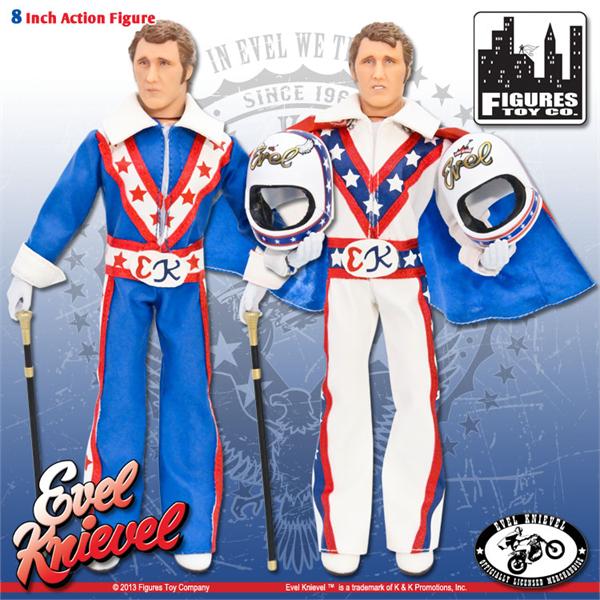
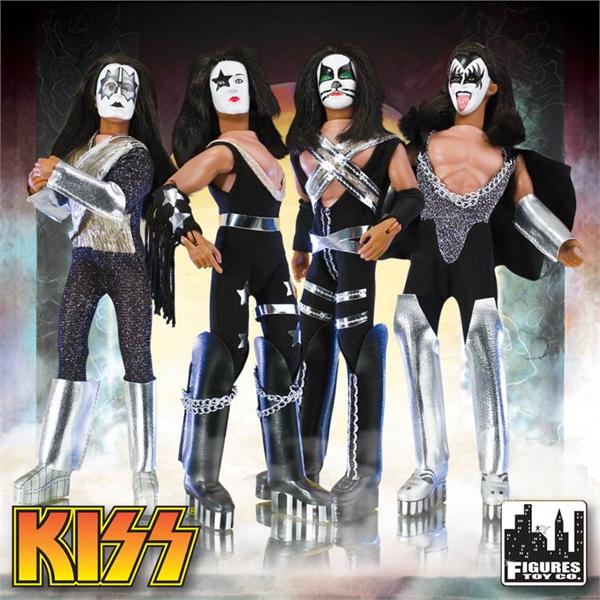
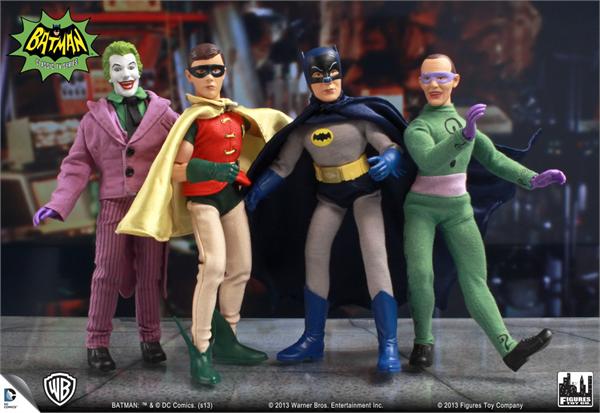
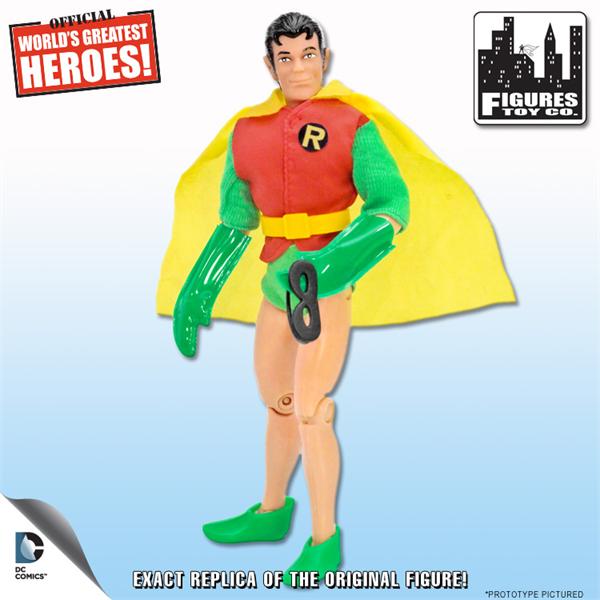
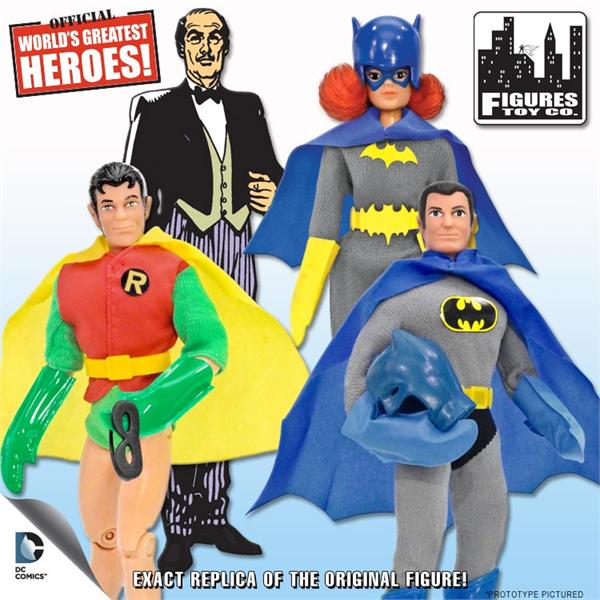
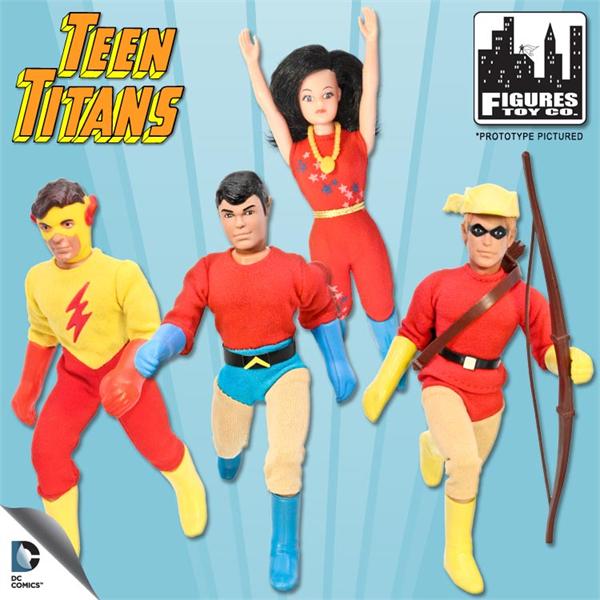
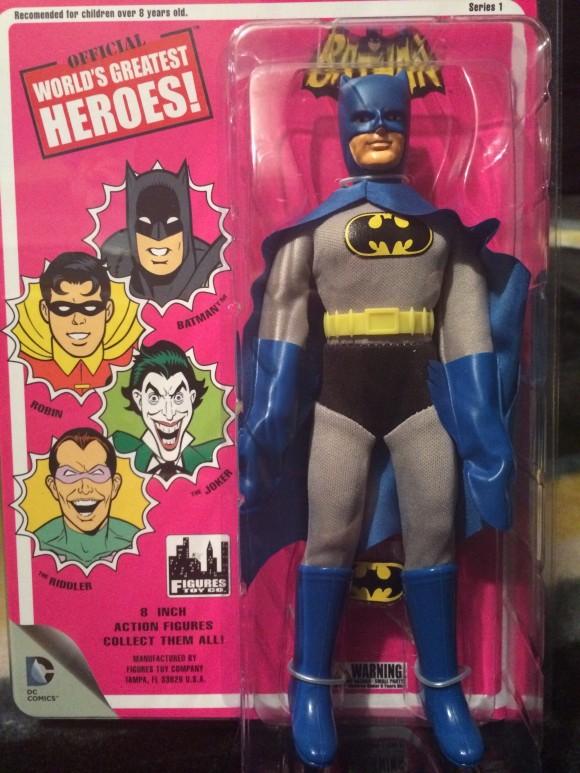
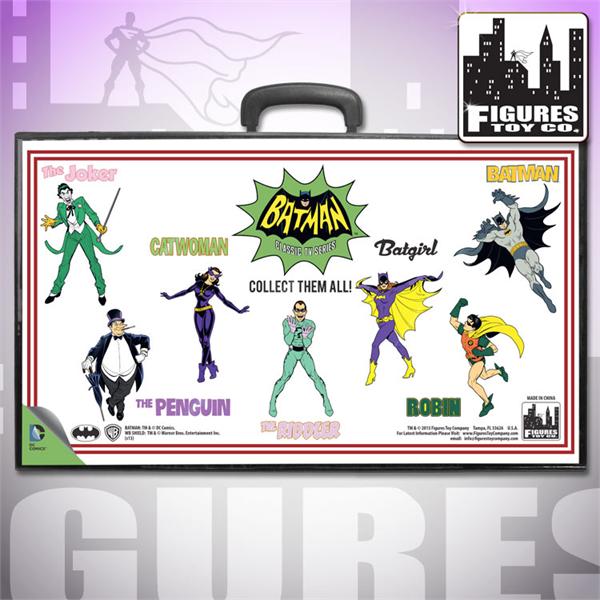
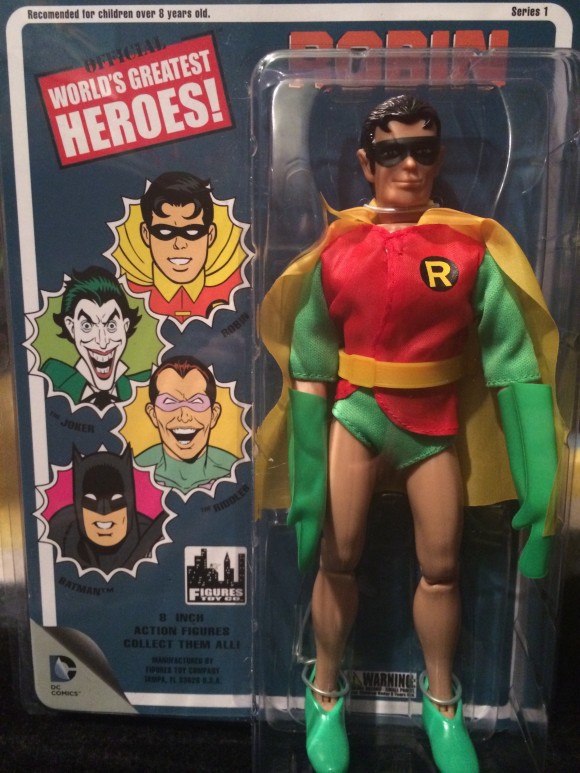
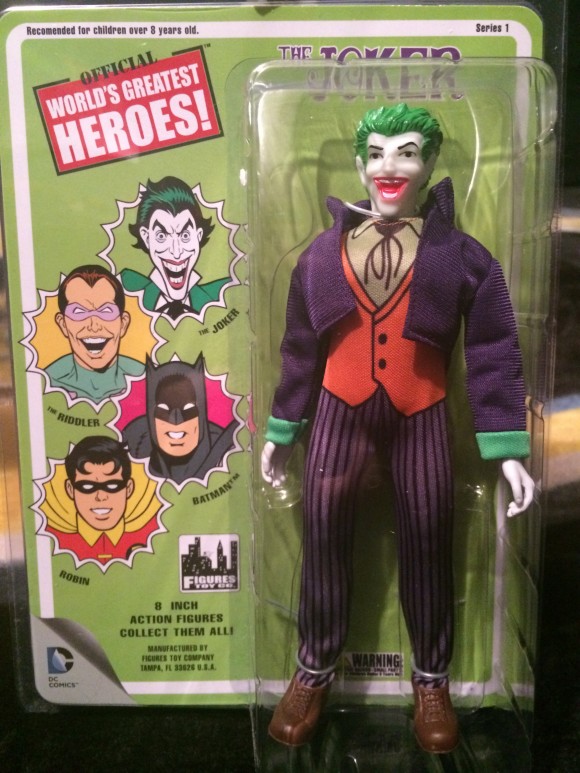

Trackbacks/Pingbacks